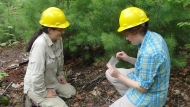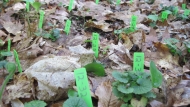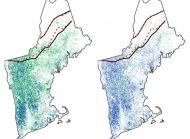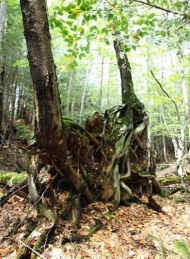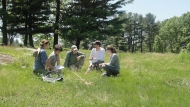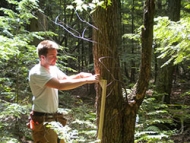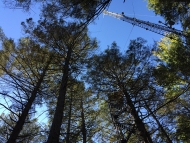A study released today in Nature Communications by biologists at the University of Massachusetts, the Department of Energy's Joint Genome Institute (JGI), and Stanford University reports on the discovery of 16 giant viruses never before seen by science, all found in one small soil sample in the woods at Harvard Forest.
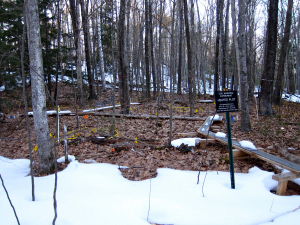 The soil sample - a
The soil sample - a


